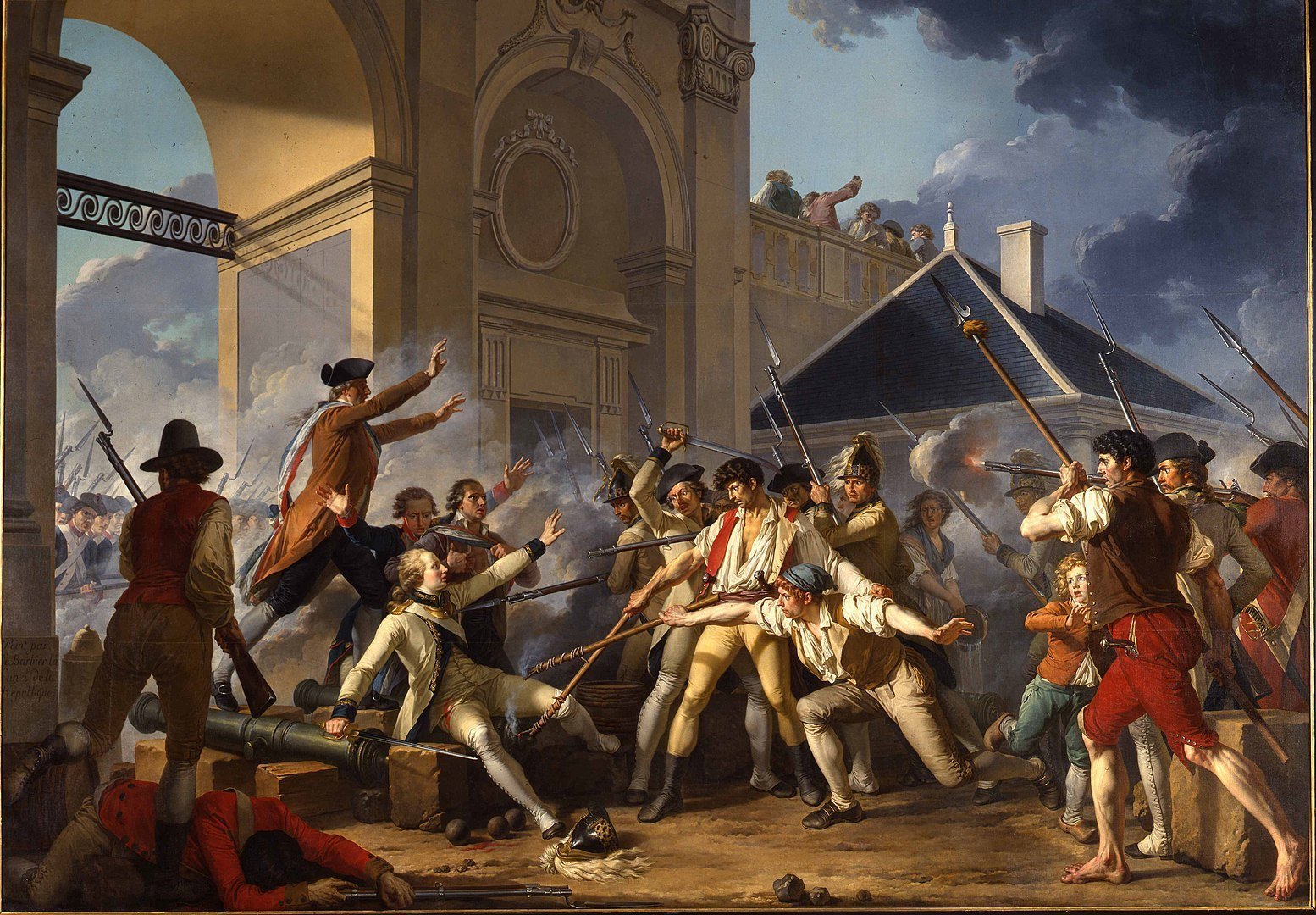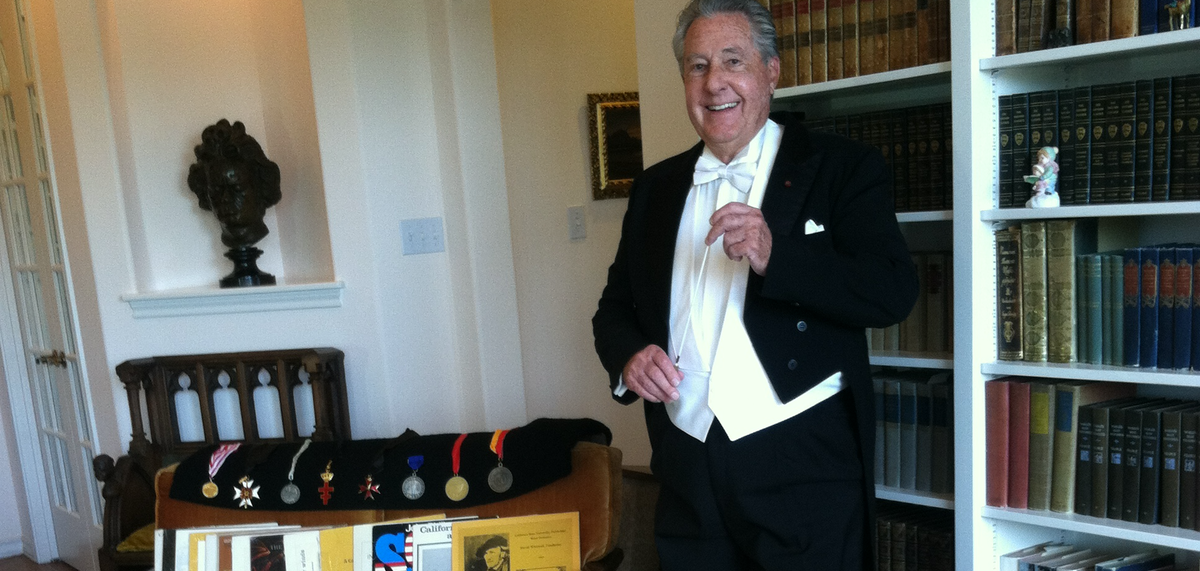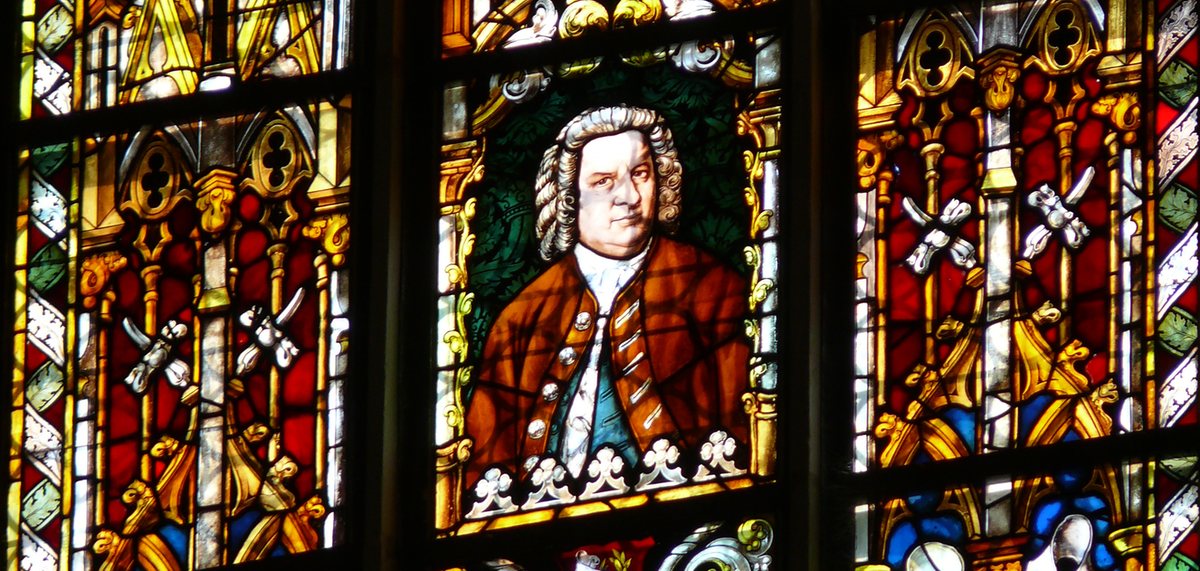The Nancy Affair
The History
Since the storming of the Bastille, on the 14 July 1789, unrest had been spreading among the regiments of the French Army. Although the officers of the army were still predominantly royalist, the rank and file were becoming increasingly influenced by the revolutionary turmoil around them.
During August 1790 a mutiny broke out at the army garrison in Nancy. The soldiers had suspicions that the officers were embezzling funds that should have been used to pay the men’s salaries, so they demanded an audit of the regimental accounts, arrested the quartermaster, confined the colonel and other officers to barracks and seized the unit’s pay chest.
Fearing that the outbreak in Nancy would spread to the other garrisons located along the frontier, the National Assembly in Paris ordered the mutiny to be suppressed and so General François Claude de Bouillé led 4,500 soldiers to Nancy.
When the General and his troops arrived he issued an ultimatum to the mutinous soldiers: release the officers and hand over four ring-leaders. But before they could comply a clash occurred where the advance ranks of de Bouille’s force were halted before a cannon manned by the mutineering soldiers. A junior officer, Antoine-Joseph-Marc Désilles, stepped in front of the cannon to dissuade the mutineers from firing on the government troops. Desilles was shot and in the confusion the cannon fired. After three hours of fighting the mutiny was over: deaths were estimated at 500.
The service
This tragedy of French killing French, coming so soon after the euphoria of the Festival of the Federation only six weeks before, captured the attention of the public. In response the city of Paris organised a memorial service for the victims of what has become known as The Nancy Affair.
On the 14 July, 400,000 French had gathered on the Champ de Mars to celebrate the Festival of the Federation. On that occasion, François-Joseph Gossec’s Te Deum was performed by the largest band the world had ever seen. And two months later, on the 20 September, the Parisian public congregated on the Champ de Mars again. In the words of an eyewitness:
The Parisians showed their … tender grief for the loss of their beloved brothers in arms by a grand national funeral service, celebrated in the Champ de Mars. The triumphal arch, the amphitheatrical galleries on which the court had been seated at the federation festival, were covered all over with black mort-cloth. The wooden altar of the country was converted into an ancient tomb, surrounded by cypresses, and covered with corresponding inscriptions in golden letters. There were music and incense, and … priests, wearing tri-coloured sashes … In short, it was another ravishing spectacle which all Paris and the neighbourhood went to see.
The Music
Overture to Demophon
One of the two band compositions performed at this ceremony was a transcription of the Overture to Demophon, by Johann Christoph Vogel that we are listening to now.
Vogel, born in Nuremburg in 1756, moved to Paris when he was twenty years old and worked there until his very early death at only 32. Vogel was in the service of the Duke of Montmorency and then the Count of Valentinois as a horn player. He is most remembered today for his operas. Vogel passed away before the premiere of Demophon, but before the premiere the Overture had many public performances and was extremely popular among the French public. One source calls the Overture to Demophon the “most popular piece and the signature tune of the French Revolution.”
We do not know precisely which arrangement of the Overture was used on the memorial service. The Paris Bibliothèque Nationale has a band transcription by George Friedrich Fuchs from 1790. It is scored for 4 clarinets, 2 bassoons, 2 horns, serpent and trumpet. It’s possible this version could have been used, and was augmented by the wind and brass parts from the orchestral version. Whichever version was used, an early French dictionary reported that it was performed by a band of one thousand two hundred musicians with “unparalled sucess.”
Marche Lugubre
The most important original band work performed at this ceremony was the Marche lugubre, by François-Joseph Gossec. This is an extraordinary composition in every way, not the least of which is a level of inspiration and emotion rarely found in Gossec. Contrary to all tradition of the march form, this march is fragmented, interspersed with haunting silences, and the ominous sound of the gong–an instrument never before heard in France before this composition.
The march had a devastating effect at its first performance. It has been described as being bereft of melody … and more an effect than a musical number.
The newspapers of the day said “The lacerating harmonies, broken up by silences and marked by veiled beats of the tam-tam, truly chilled the public and ‘spread a religious terror in the soul,'” Another wrote that “the notes, detached one from another, crushed the heart, and dragged out the insides.”
The impact of the Marche Lugubre
Gossec’s Marche lugubre inspired a whole genre of revolutionary funeral music. Gossec wrote at least four more works for funeral services of important revolutionary figures.
As Raymond Monelle states, the Marche Lugubre “seems to have set the standard for future funeral marches. Henceforth, these will be concert pieces evoking the grandeur and terror of death, rather than merely slow marches suitable for entries and exits.”
This influence can be seen in compositions for decades afterwards: in 1797, Cherubini’s Funeral hymn in memory of General Hoche:
In 1815, Charles Bochsa’s opening movement of his Requiem Mass for Louis XVI and Marie Antoinette
Bochsa - coming soon1840, Fromental Halevy’s, Marche Heroique for the return of the remains of Napolean to Paris
Halevy - coming soonGossec’s contribution to music in general and the band world in particular cannot be overstated. The French Revolution presented Gossec with opportunities that he could not have forseen, but which, thankfully for us, resulted in the creation of many serious, aesthetic compositions which are now regarded as the earliest contributions to the standard wind band repertoire.
Score and parts for the Overture to Demophon and the Marche Lugubre are available from Maxime’s Music at maximesmusic.com. You can find the transcript of all the episodes of this podcast at bestbandmusic.com and we are on Facebook, LinkedIn, and all the usual social media channels. You can hear full-length uninterrupted recordings on SoundCloud. Thanks for listening. I hope you’ll tune in next time for more of the Best Band Music You’ve Never Heard.




